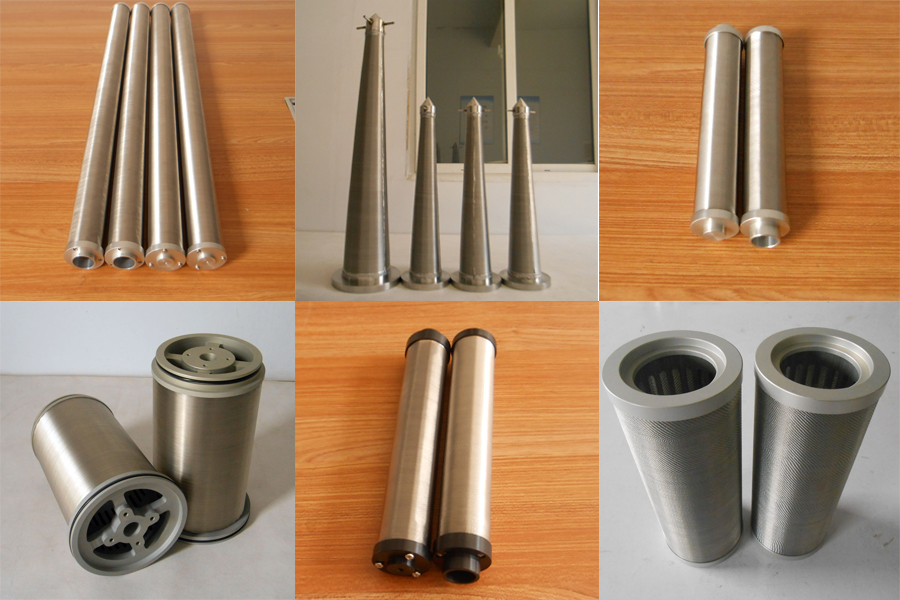The industrial camera is a high-resolution color digital camera applicable to many fields such as intelligent transportation, security bayonet, high-definition electronic system, industrial inspection, semiconductor inspection, printed board inspection, food and beverage testing. It has the characteristics of high transmission speed, good color reproduction and clear imaging. Not only is it easy to take microscopic images, but it can also measure series of parameters such as the length, angle, and area of ​​the subject. It can also print graphic reports. High-resolution industrial digital cameras are easy to install and use. So what is the difference between IP cameras and industrial cameras?
Six Differences Between Industrial Cameras and IP Cameras
NO.1, surveillance camera contrast: the controller is different
The biggest difference between the ip camera and the industrial camera is the "who" use. Traditional video surveillance cameras are controlled and managed by professional managers. Industrial cameras are more visually conscious and controlled by a machine at a glance. The difference between network cameras and industrial cameras is that they are served and served. The former monitors changes in uncertain environments, while the latter monitors the fixed product lines and looks for changes from the constant.
NO.2, image format and resolution
With image acquisition, the next step is to compare the image format and resolution. After ip camera images are compressed by data, different resolution images can be obtained according to different compression formats: mjpeg, mpeg-4, and h.264. The higher the compression level, the clearer the imaging effect. It is worth noting that the high-efficiency compression method not only reduces the image Storage space also reduces the burden of data transmission on the network.
The reason why industrial cameras use triggered snapping is that the generated images are in the original bitmap format, which is easily sent to image processing software in the future, and the images are analyzed and compared in detail. The above acquisition mode may also be used considering storage space issues.
NO.3, sensor
Are industrial cameras demanding high quality images? I believe you will also have such doubts. For a class of cameras that are not of interest, industrial equipment image acquisition is based on a trigger signal to obtain single or continuous image information. In other words, the triggered signal captures the image.
NO.4, image acquisition
An ip camera can record video information in multiple fields. The video stream can continuously record image information. From the architectural point of view, the ccd/cmos sensor is used as an image acquisition device, and it is provided with a soc chip that implements image processing and encoding functions. This is a method currently used for mainstream ipc acquisition images.
NO.5, mobile detection alarm function: software upgrade and trigger alarm
Both surveillance cameras can be remotely upgraded. There is no small difference between handling alarms and managing systems. The ip camera supports motion detection to trigger an alarm and record alarm information. Industrial-grade devices value the management of the system, and the vms platform enables systematic management of camera control and data storage.
NO.6, monitoring video capture card: data transmission
Ipc rely on the network for data transmission, Ethernet and data compression complement each other, borrow enough bandwidth to transmit the necessary image data information. In an integrated server within the same network, multiple users are allowed to access image data information. Compared to industrial camera transmission, ip data transmission seems to be weak. Industrial applications require Gigabit Ethernet for data transmission, which can be connected using the USB connection and form a direct point-to-point connection with the camera, which is equivalent to the speed of copying files from a PC from a USB stick.
The reason for the difference between the two lies in the fact that the two different camera application areas and the processed video information are different. Therefore, there is naturally a difference in the functions of both. The ip camera can be adapted to a wider range of applications and is a good hand for handling light.
The aperture of the ip camera lens automatically senses changing weather and lighting conditions and adjusts the camera to the best possible shooting condition. The filter can reduce or eliminate the electrical components that affect the power system due to harmonics, allowing the camera to work normally and smoothly. Wide dynamic monitoring technology can work in low illumination, with the highest sensitivity in near-infrared light. With high temperature characteristics.
Industrial cameras are more difficult when dealing with changing weather and light. Such cameras require manual adjustment of the aperture, most of which are black and white, and only support normal operation from 0°C to 50°C.
Notch Wire Element is made by wrapping specially treated thin stainless steel notch wire around the cylindrical filter core. The element filters impurities through a gap between the stainless steel notch wires. It can be easily washed and reused.
Advantage of notch wire element,
1. Simple structure and robust form
2. Apertures can be controlled in terms of few microns.
Micron accuracy : 10,15,25, 30, 40, 50, 60, 70, 80, 100, 120, 150 , 180, 200, 250 and above
3. impurities adhered to the element can easily be eliminated by back washing or air blowing
4. Offers more than 10 times filtration area when compared to wedge wire cylinders & 25 times more area when compared to stainless steel mesh Filter Element
5. Can handle fluids having high viscosity, ideal for high temperature/pressure applications

Notch Wire Element
Automatic Backwash Filter,Auto Backwash Filter,Stainless Steel Notch Wire Element,Notch Wire Element
Xinxiang Tianrui Hydraulic Equipment CO.,LTD , https://www.trfiltration.com

